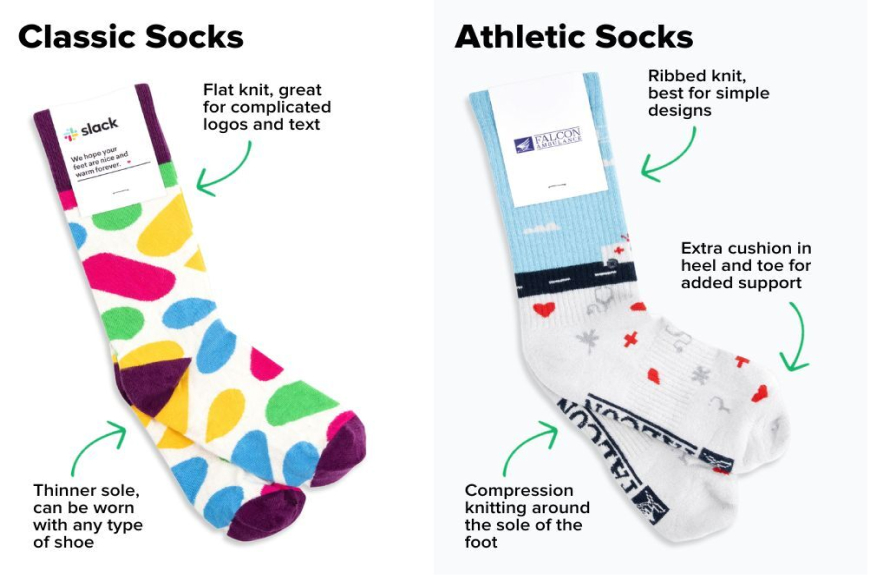When it comes to weightlifting, the right footwear can make a significant difference in your performance and safety. While many lifters opt for specialized shoes, there's a growing trend of athletes choosing to lift in socks. This practice, often seen in powerlifting circles, has sparked debates about its benefits and potential drawbacks. Let's dive into the world of lifting in socks and explore what it might mean for your workout routine.
The Benefits of Lifting in Socks
One of the primary advantages of lifting in socks is the improved connection with the ground. Without the cushioning and structure of shoes, lifters can feel the floor more directly, potentially enhancing stability and balance. This increased proprioception can be particularly beneficial for exercises like deadlifts and squats, where a solid foundation is crucial.
Moreover, lifting in socks allows for a more natural foot position. Traditional shoes often have elevated heels, which can alter your posture and biomechanics. By removing this artificial lift, you may find it easier to maintain proper form, especially in exercises that require a flat foot stance.
Barefoot training enthusiasts argue that sock lifting can strengthen the muscles in your feet and lower legs. This added engagement may contribute to improved overall foot health and potentially reduce the risk of certain injuries.
Considerations and Precautions
While there are potential benefits to lifting in socks, it's essential to consider the risks and take appropriate precautions. One of the main concerns is the lack of protection for your feet. Dropping a weight on your sock-clad foot could result in serious injury. Therefore, it's crucial to be extra cautious and maintain proper form and control throughout your lifts.
Another consideration is the potential for slipping. Many gym floors can be slick, and socks may not provide adequate traction. To mitigate this risk, some lifters opt for specialized socks with grip patterns on the soles, similar to those used in running.
It's also worth noting that not all gyms allow lifting in socks due to safety and hygiene concerns. Always check your gym's policies before ditching your shoes.
When to Consider Sock Lifting
Lifting in socks may be particularly beneficial for certain exercises and lifting styles. Powerlifters often prefer sock lifting for deadlifts, as it allows them to get closer to the ground and potentially lift more weight. Olympic weightlifters, on the other hand, typically use specialized shoes with elevated heels to achieve the necessary ankle flexibility for deep squats.
For general fitness enthusiasts, experimenting with sock lifting during lower-body exercises like squats or lunges might provide a new perspective on form and muscle engagement. However, it's crucial to start slowly and pay close attention to how your body responds.
Choosing the Right Socks
If you decide to try lifting in socks, selecting the right pair is crucial. Look for socks that provide some cushioning and support, particularly in the arch area. Compression socks can offer additional benefits, such as improved blood flow and reduced muscle fatigue.
Moisture-wicking materials are also essential to keep your feet dry and prevent slipping inside the socks. Some lifters prefer thicker socks for added protection, while others opt for thinner options for maximum ground feel.
Wrapping Up
Lifting in socks is a personal choice that may offer benefits for some lifters while presenting risks for others. As with any change to your workout routine, it's essential to approach sock lifting cautiously and listen to your body. If you're interested in trying it out, start with lighter weights and familiar exercises to gauge how it feels. Remember, the best footwear for lifting is ultimately the one that allows you to perform safely and comfortably while making progress towards your fitness goals.


